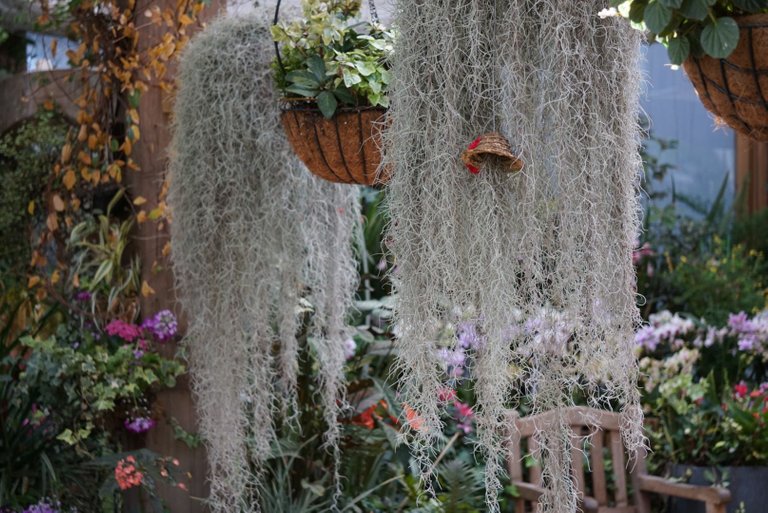Tillandsia usneoides (L.) L. (Bromeliaceae)
.
Spanish moss
Spanish greenery is neither from Spain nor a greenery; it is an epiphytic individual from the pineapple family from the Americas. Epiphytes are plants developing on different plants from which they infer no supplements. Over its local range, from southeastern North America through Central and South America as far south as Argentina and Chile, it is a typical sight hung over trees in high moistness territories. There is even proof that the dispersion of Tillandsia usneoides is corresponded with the harm made by real tempests. Carolus Linnaeus' utilization of the particular name, usneoides (Usnea-like), alludes to the plant's shallow morphological and natural closeness to the lichen variety Usnea, or, in other words connection between a blue-green alga and a parasite.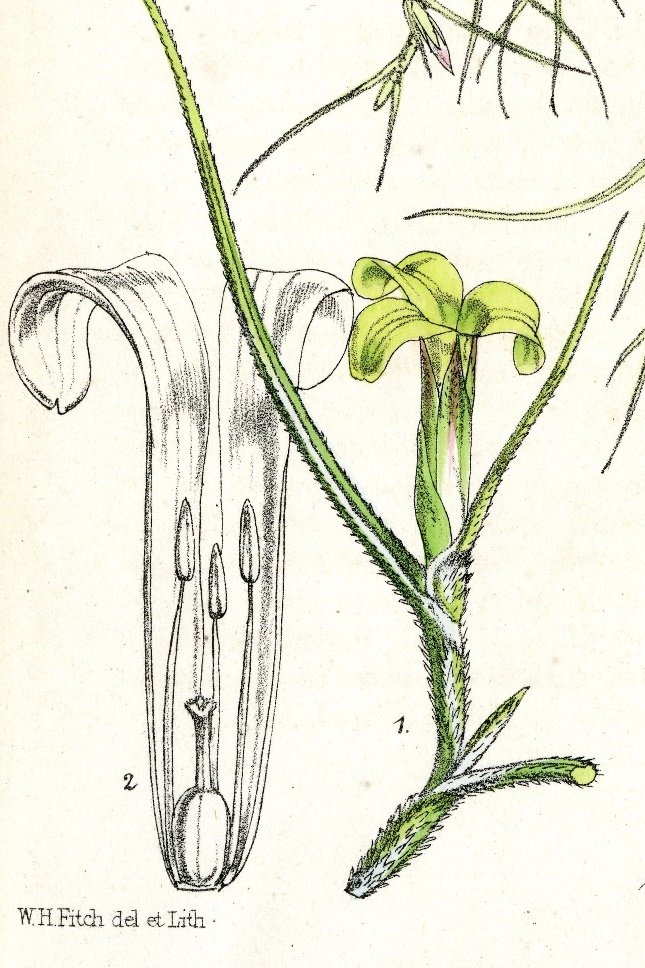
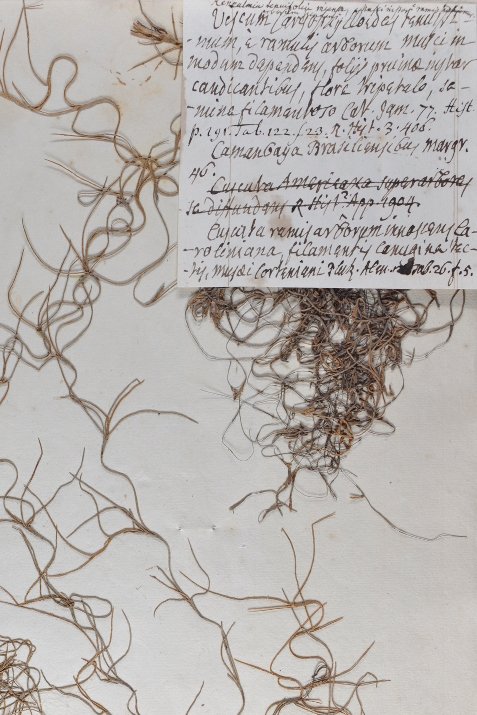
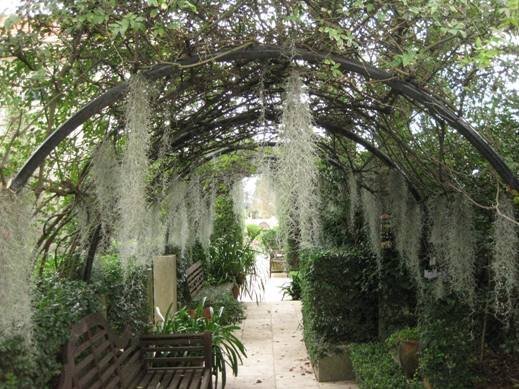
Tillandsia usneoides is rootless, comprising of thin, exchange leaves masterminded along a slim, wiry, shiny blue-green stem. Tillandsia usneoides does not have a broad vascular framework however is shrouded in small, water-retaining scales; all the plant's water and supplement needs are gotten from rain, residue and rubbish. Since Tillandsia usneoides gets the majority of its supplements from the air it has been broadly examined as a screen for overwhelming metal contamination in urban zones.
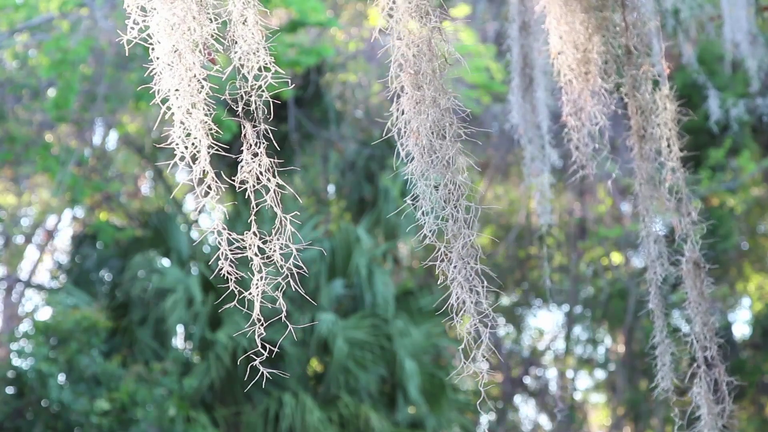
Notwithstanding morphological adjustments, Tillandsia usneoides demonstrates a particular biochemical adjustment to development in parched conditions, where water assets are probably going to be restricted; environmental carbon dioxide is settled by a change of photosynthesis called Crassulacean Acid Metabolism (CAM). In CAM photosynthesis, stomata (pores in plant surfaces) open around evening time; carbon dioxide enters the plant, where it is changed over to natural acids. Amid the day, when the stomata are shut, the natural acids are changed back to carbon dioxide and the typical hardware of photosynthesis changes over carbon dioxide and water into sugars.
The science of Tillandsia usneoides implies it is a decent disperser. Vegetative engendering happens by stem parts being conveyed by the breeze or by flying creatures; new plants promptly developing from pieces caught on trees or broadcast wires. The little, creepy crawly pollinated blossoms of Tillandsia usneoides have blue-green petals, yet are oftentimes ignored. At the point when ready organic product cases open, little, level, bushy, wind-scattered seeds are discharged.
Human employments of this inquisitive plant are restricted. Stem strands have been utilized by Native American societies for weaving and rope-production, while entire plants, blended with earth, have been utilized as smear, as medication and even as creature grub. Today, Tillandsia usneoides is most recognizable as pressing material or as a house plant.
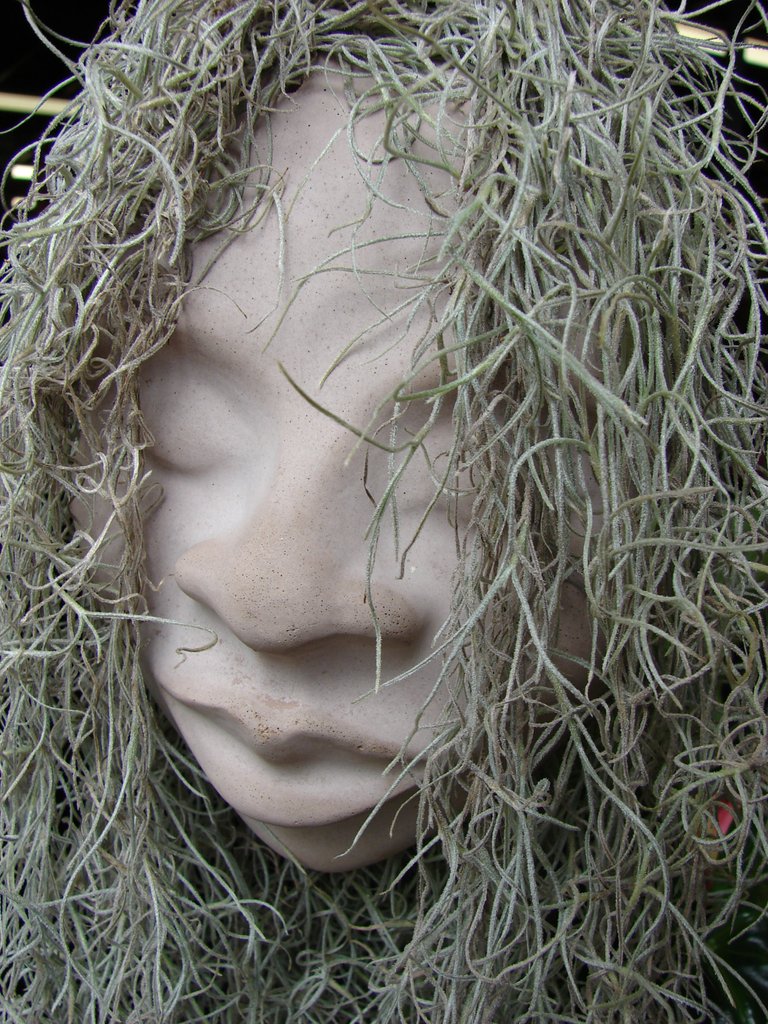
https://herbaria.plants.ox.ac.uk/bol/plants400/profiles/ST/Tillandsia

